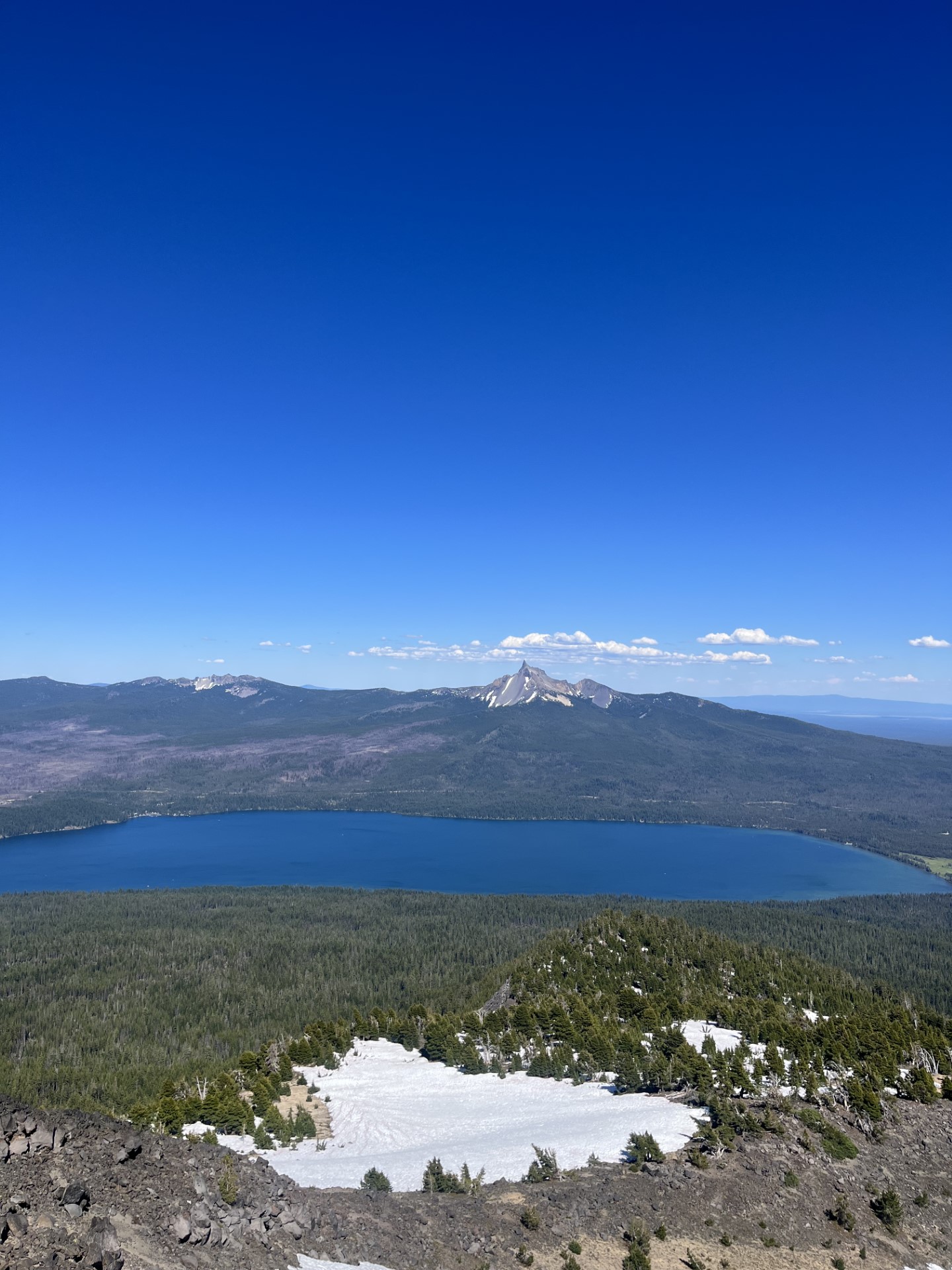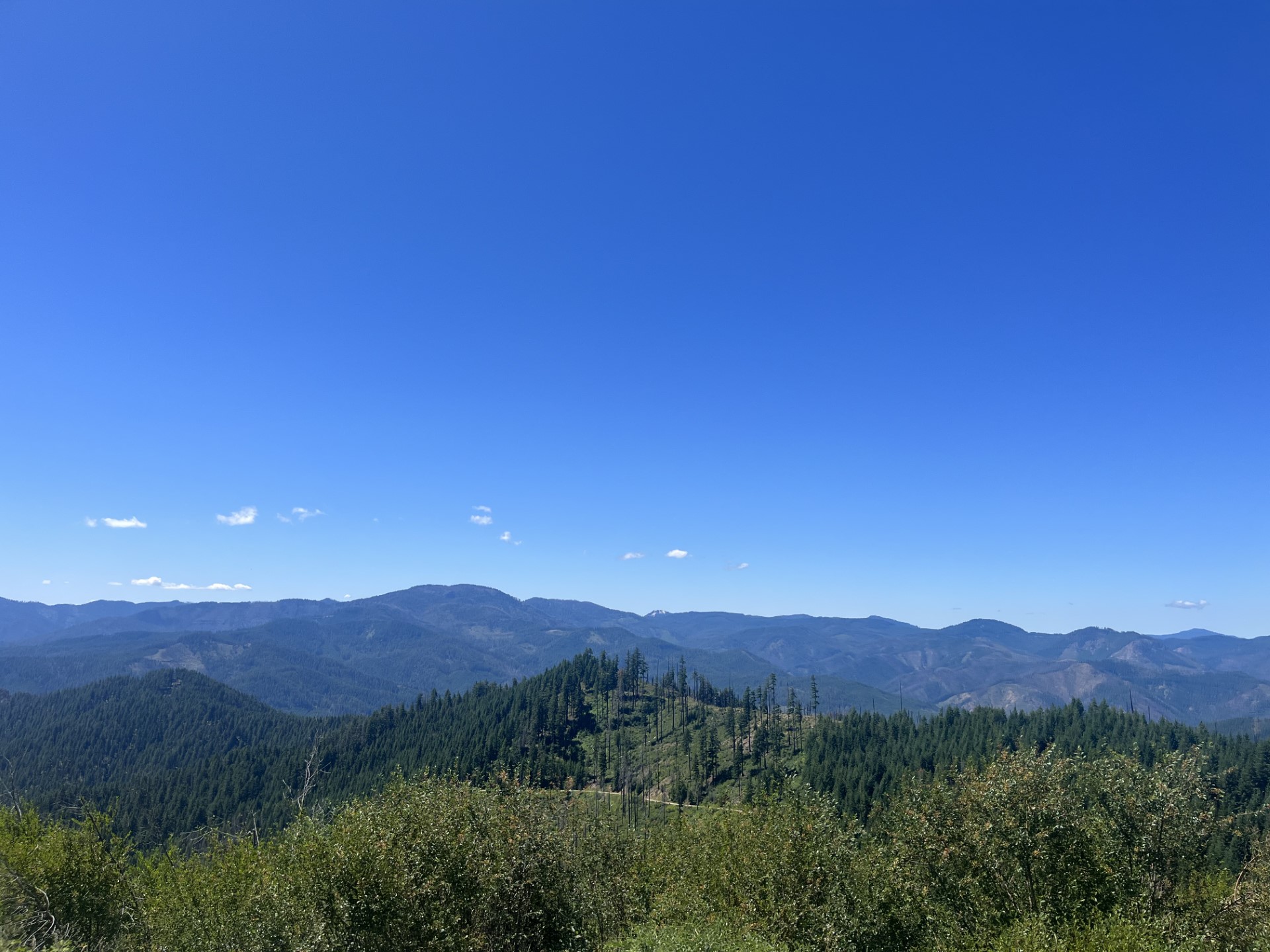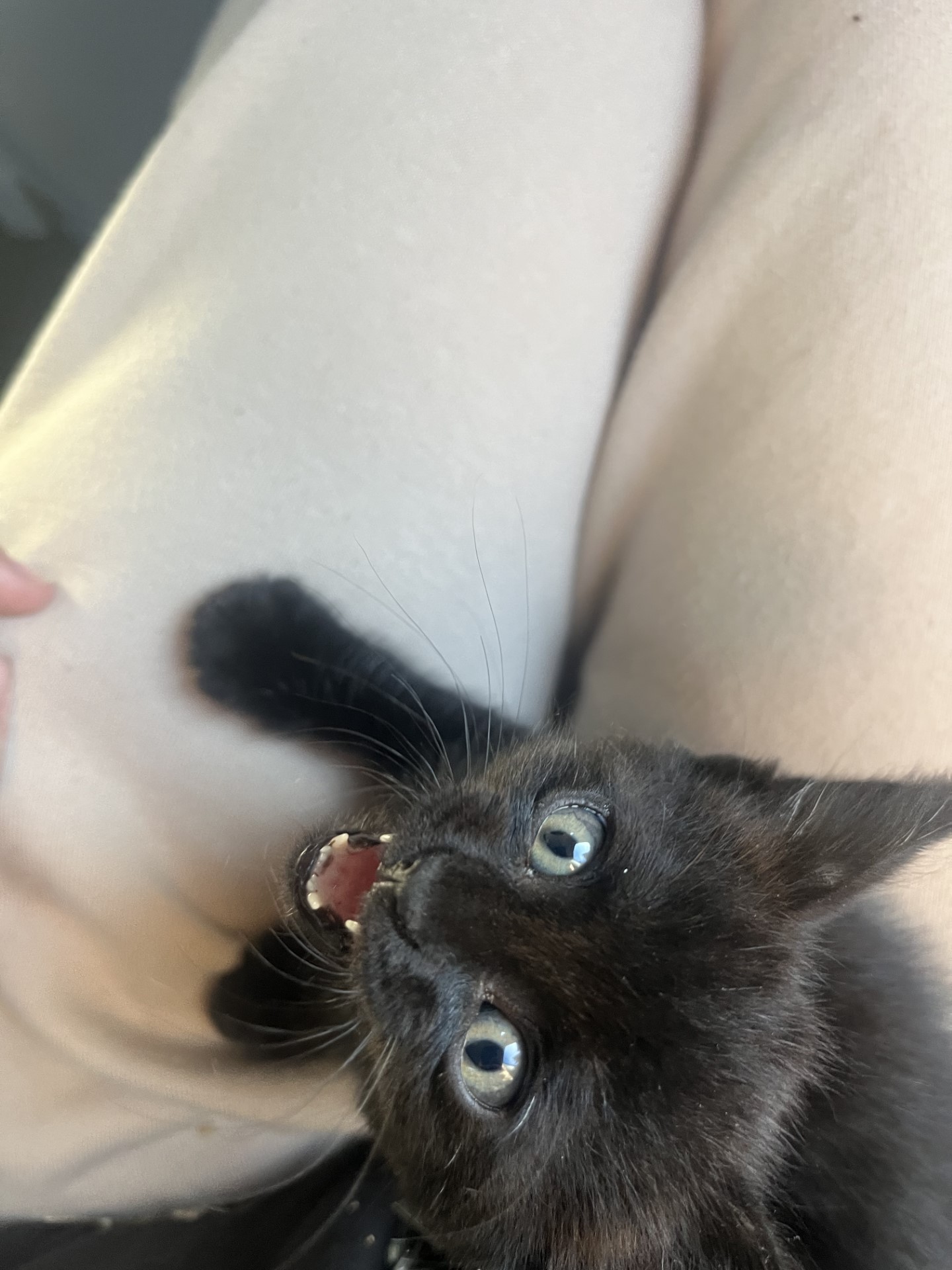This past month has truly been a rollercoaster of emotions. The job itself is incredibly rewarding and as the time goes on I become more confident in my abilities here. Of course there have been plenty of downs to the position but as we further into the season it is much easier to mitigate them.
We have had some difficult work this past month which included the removal of some of the most annoying invasives to exist including himalayan blackberry and slender false brome. One you have to dig into the roots to completely treat the issue while the other you get to crawl on your hands and knees hand picking along a river bed for hours. The grueling heat certainly didn’t help. Although the conditions were less than pleasant, the work was redeeming because of the basic concept of removing pesky invasives for the natives to flourish. If there is one thing that I can take away from this job it’s that one can take joy just from the moral output of the activity. Even if the task itself is incredibly arduous you can at least remember the fact that the work you’re doing has some sort of purpose.
Seed collection this past month has fastly ramped up as well as the heat. The work only seems like it will become more involved and busy which is quite exciting. Of course some seed collection species are more interesting to collect than others. For example, when collecting the columbine (Aquilegia formosa) it is really fun to watch all of the tiny seeds drop out of the flower head into the bag sort of wondering how many will be in the batch. On the other hand there are collection species like big deervetch (Hosackia crassifolia) pods are picked off like apples and transferred to a big bag. While this collection is pretty efficient it can get tedious quickly. Then there are species that are just an absolute pain to collect like farewell to spring (Clarkia amoena). My distaste for this collection solely comes down to how difficult it is to spot these guys. The seed collection itself isn’t actually terrible, similar to that of a pea, however it is the identification and monitoring that can cause strife. These little pests are always hiding in the crags and are incredibly low to the ground blending in with just about every other basal flower or stem. Still it can be nice when you find a big stand of them in a rather unassuming place.
Time is going by fast now and with only a couple months left in the internship I’m still hoping to expand my knowledge within the plant world. It’s been an incredible experience so far not just in knowledge but also community and like-mindedness. The work starts to feel like a widely connected network of people all working towards the same goal. You learn and you just keep learning. The people that you meet endow unto you the knowledge unknown prior while you are able to do the same to them. It’s hard to think of a more broad learning environment than a national forest and if anything I can simply just be grateful for that.



